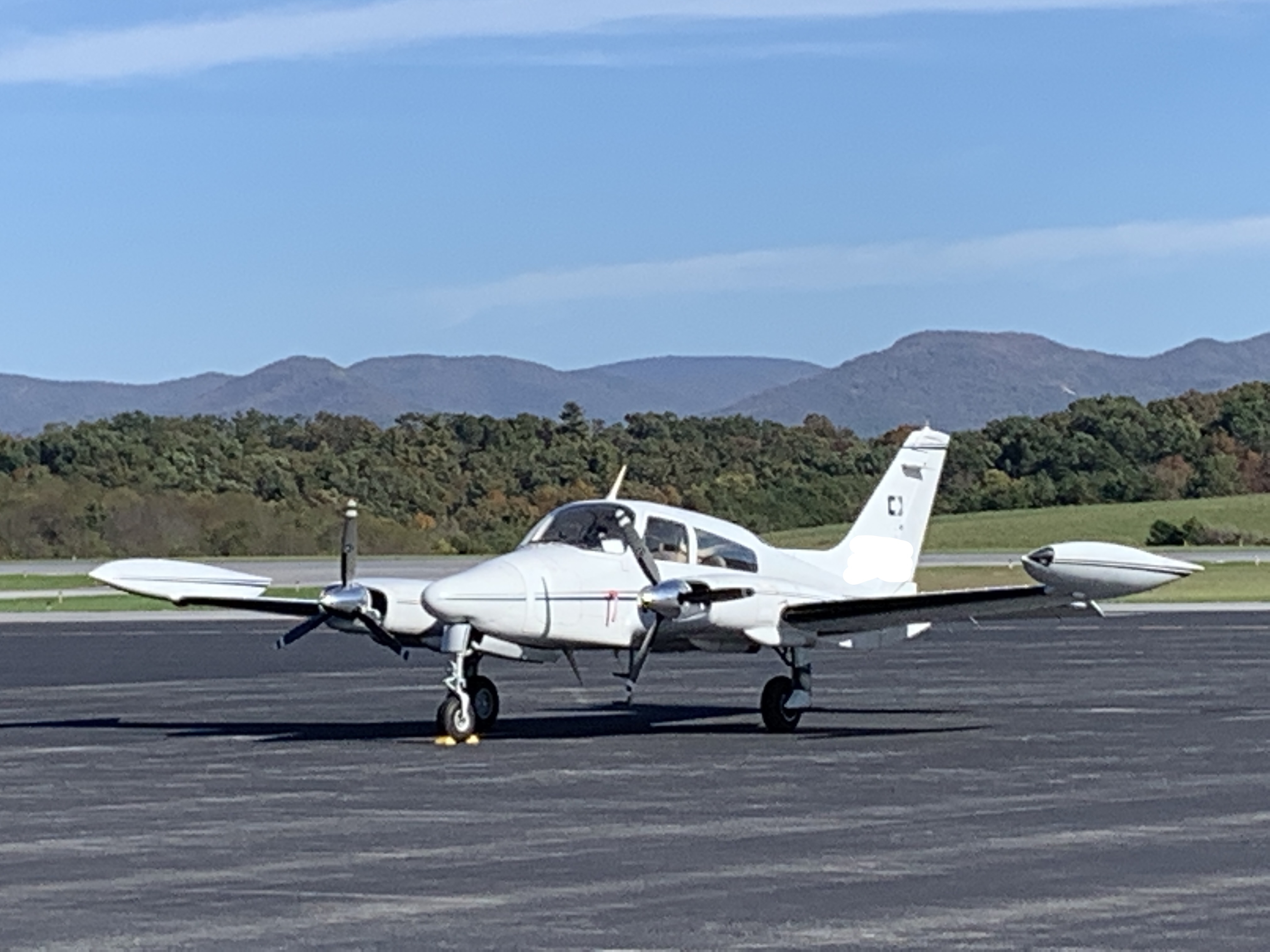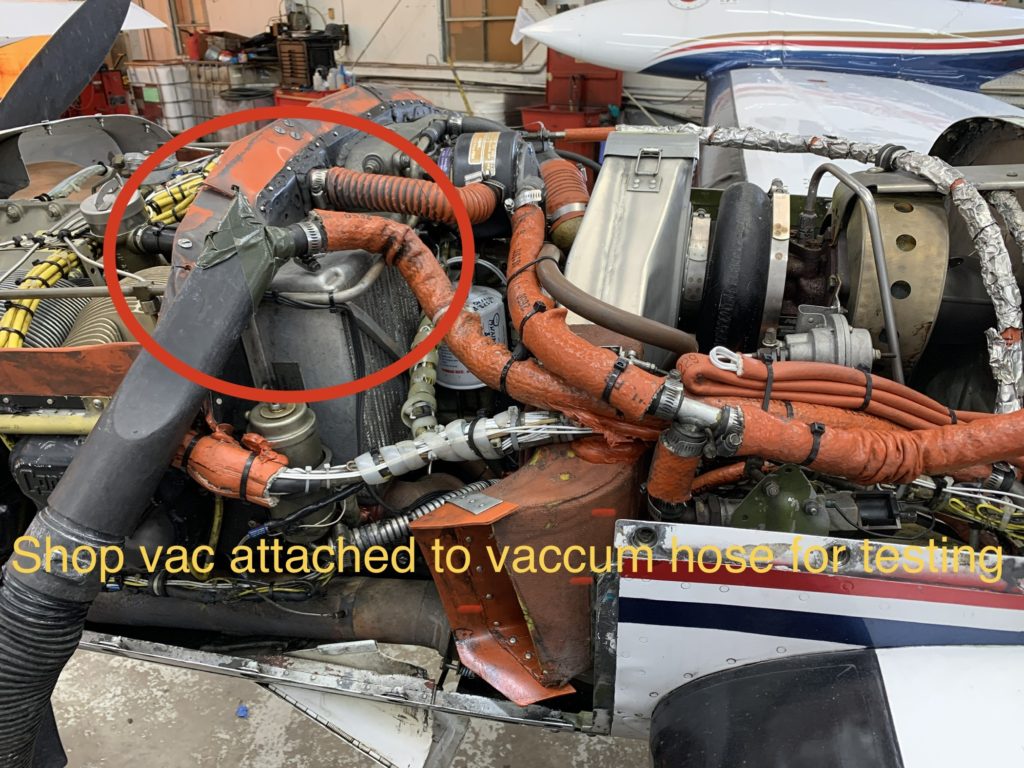Podcast: Play in new window | Download

Valve lapping is sometimes a great option for improving cylinder compression and extending the life of an exhaust valve. We’ll talk about it in today’s episode.
Pilot Workshops.com is our sponsor for this episode, and I wholeheartedly recommend their resources.
Be sure to sign up for the “Tip of the Week,” and receive a short, practical tip every Wednesday morning that will make you a better pilot.
PilotWorkshops.com also has simple and practical book about Airplane Engines. It’s packed full of easy-to-understand information for pilots. As we approach the season of colder temperatures, you might want to check out the section on pre-heating.
That’s just one useful topic in the book, “Airplane Engines: A Pilot-Friendly Manual.”
When you purchase the book, you’ll get both the digital copy and the print copy.
In today’s episode, we have three issues from Trace’s Cessna 310 this past week:
- Lapping an exhaust valve.
- Repositioning and correctly installing an engine shock mount.
- Evaluating a vacuum system issue, and making a plan.
First, the lapping project. At the recent annual inspection, the compression in the right engine cylinder #4 was in the mid-50’s. After lapping we got a solid 64/80, a significant improvement.
Second, one engine shock mount was out of position:

The 1/4 inch gap got my attention and we had to hoist the engine and loosen the bolt to install the lower shock mount correctly. Here’s the result – notice the 1/4 inch gap has been closed.

The third isssue showed up when we ran the engines. Notice the oil pressure gauges… only the left engine is running. But the vacuum gauge indicates both vacuum pumps are operating.

This usually indicates a problem with the vacuum manifold valve. Most likely, it will need to be replaced.
After we checked and verified there were no oil leaks, Trace took me for a ride in his Cessna 310… a great experience! Thank you Trace!
Trace has been a Navy F-18 test pilot for quite a few years, and it was awesome to fly with him!

And to wrap us this episode, I also met Tobin this past week, owner of a very nice Piper Cherokee Six. He dropped his airplane off at SHD for his annual inspection. Hopefully I can give an update in the future about how his inspection turns out.

Trace, and Tobin, it was a pleasure to meet both of you this past week!
The post, “157 – Valve lapping, shock mounts, and vacuum issues,” appeared first at AirplaneOwnerMaintenance.com






Recent Comments